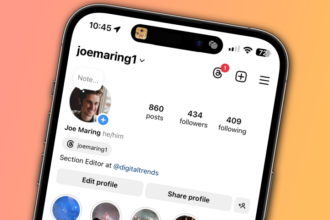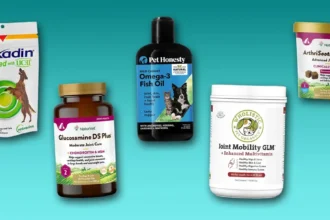Introduction to Trends
Social media is a constantly evolving landscape, and staying ahead of the game is essential for brands and individuals alike. As we dive into 2025, new trends are emerging that will shape how we connect, engage, and do business online. Understanding these shifts can be the difference between thriving in this digital era or getting left behind. From captivating video content to innovative shopping experiences right in your feed, the social media world is buzzing with possibilities. Let’s explore nine of the latest trends you need to know about to stay relevant and make your mark in this dynamic environment.
Trend #1: The rise of short-form video content
Short-form video content is taking the social media landscape by storm. Platforms like TikTok and Instagram Reels have popularized this format, captivating audiences with quick, engaging clips.
Users are drawn to bite-sized videos that deliver entertainment or information in under a minute. This trend caters to our dwindling attention spans while allowing creativity to shine through.
Brands are seizing this opportunity. They’re crafting authentic narratives that resonate with viewers in just a few seconds. The focus shifts from polished ads to relatable stories that encourage engagement and shareability.
With algorithms favoring short-form video, creators find themselves at an advantage. Increased visibility means higher chances of going viral—a goal for many aspiring influencers and businesses alike.
As we move into 2025, expect these snippets of storytelling to dominate feeds everywhere, making them an essential tool for anyone looking to connect with their audience effectively.
Trend #2: Increased focus on influencer marketing
Influencer marketing is evolving rapidly. Brands are shifting their strategies to connect with niche influencers who resonate deeply with specific audiences. This change allows for more authentic engagements.
Micro and nano influencers are gaining traction. These individuals often have smaller followings but boast higher engagement rates. Their followers trust them, leading to a more genuine connection between the brand and potential customers.
Platforms like TikTok and Instagram continue to drive this trend forward. Creative content from influencers captures attention faster than traditional ads ever could.
Additionally, brands are focusing on long-term partnerships rather than one-off promotions. This approach fosters authenticity and encourages storytelling that resonates over time.
As consumers become savvier, they seek transparency in influencer relationships. Authenticity will remain key as brands navigate this landscape in 2025 and beyond, emphasizing meaningful connections over mere numbers.
Trend #3: Social commerce and the merging of e-commerce and social media
Social commerce is transforming how we shop online. It blends e-commerce with social media, creating a seamless experience for users.
Platforms like Instagram and Facebook are making it easier to purchase directly from posts. This shift allows brands to showcase products while engaging their audience.
Users can now discover new items through their feeds, friend recommendations, or influencer endorsements. The integration feels organic and fun.
Shoppable content often features user-generated reviews or live-stream shopping events that boost authenticity. Customers appreciate this direct interaction before making purchases.
This trend blurs the lines between browsing and buying, catering to our growing desire for convenience. Social media isn’t just about connecting anymore; it’s becoming a vital sales channel for businesses of all sizes.
Trend #4: The impact of
Trend #4 examines the profound impact of data privacy regulations on social media strategies in 2025. With consumers becoming increasingly aware of their online footprints, brands must tread carefully.
Platforms are adapting by enhancing transparency. Users want to know how their data is used and shared. This shift places a premium on ethical marketing practices.
Brands that prioritize trust will stand out. They need to communicate openly about data usage while offering value in exchange for user information.
Additionally, content personalization may take a back seat as stricter guidelines emerge. Marketers might have to rely more on contextual advertising rather than behavioral targeting.
Navigating these changes will require creativity and adaptability from businesses aiming to maintain consumer loyalty in this evolving landscape.
Trend #5: Augmented reality (AR) and virtual reality (VR) becoming more prevalent in social media platforms
Trend #5: Augmented reality (AR) and virtual reality (VR) becoming more prevalent in social media platforms
Augmented Reality and Virtual Reality are no longer just buzzwords; they are transforming how we interact online. Brands are leveraging AR for interactive experiences, allowing users to virtually try on products before making a purchase. This technology enhances engagement by creating immersive experiences that captivate audiences.
On the other hand, VR is revolutionizing content consumption by offering 360-degree videos and live events that transport viewers into different worlds. Social media platforms are integrating these technologies to keep users glued to their feeds.
As these trends unfold, businesses must adapt quickly or risk falling behind. Those who embrace AR and VR will find new ways to connect with their audience in meaningful ways. The future of social media is undoubtedly exciting as it becomes even more interactive, engaging, and user-centric. Keeping an eye on these developments can give you a competitive edge in this rapidly evolving landscape of digital marketing strategies.

















